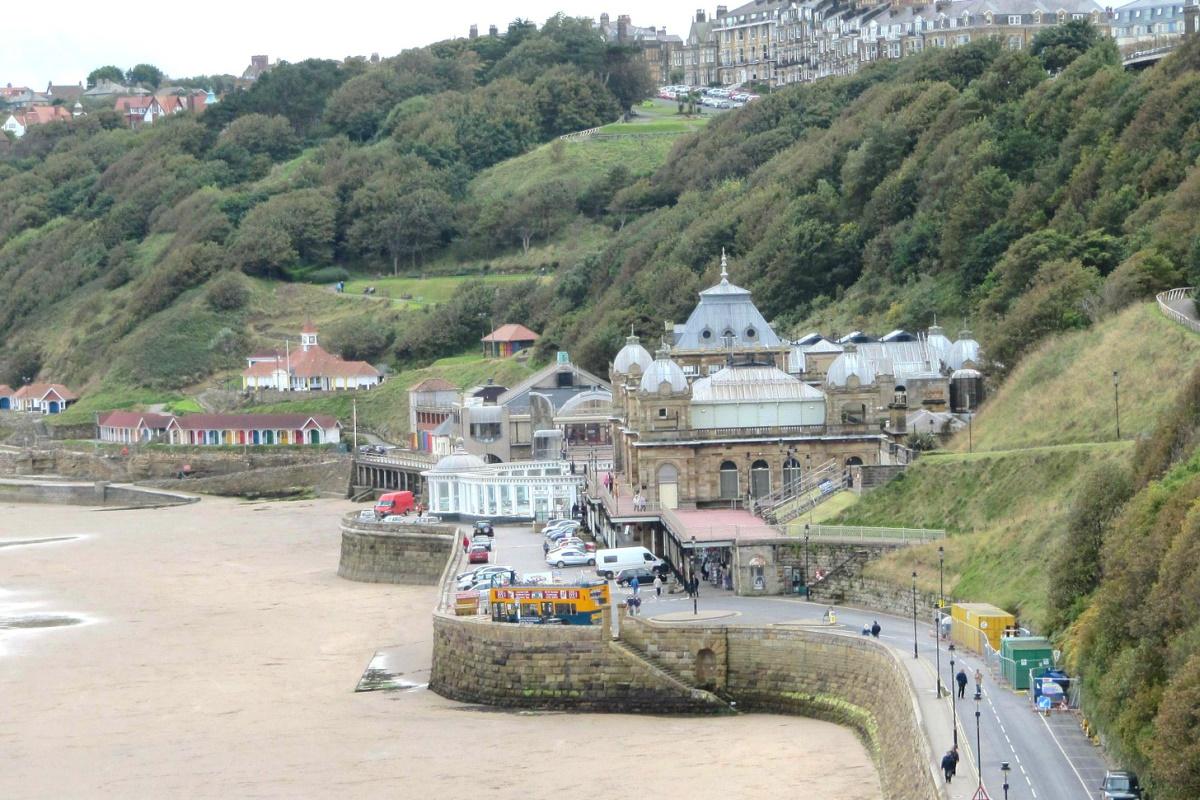
Scarborough is gearing up for a significant milestone in 2026, marking 400 years since its official designation as a spa town.
To commemorate this anniversary, North Yorkshire Council has extended an invitation for expressions of interest from artists to create a new heritage installation, set to become a permanent feature in the vicinity of the Scarborough Spa complex.
The town's journey as a seaside spa resort began in the seventeenth century with the almost accidental discovery of mineral spring waters. In 1626, Mrs. ‘Tomyzin’ or ‘Thomasin’ Farrer, wife of a prominent citizen, stumbled upon natural springs bubbling beneath the cliff south of the town. These waters, which stained rocks a russet colour and tasted slightly bitter, were found to cure minor ailments. Their beneficial effects quickly made drinking the waters an accepted medicine among Scarborough’s townspeople.
The site saw its first spa buildings constructed in 1700 by local entrepreneur Dicky Dickinson, who began charging for access to the waters. Although these initial structures and the spa itself were buried by a landslide in 1737, the waters were soon rediscovered, leading to the erection of improved buildings. By 1826, the Cliff Bridge Company was formed, which was granted a 200-year lease to build an ornate iron bridge, capitalising on the growing number of hotels and lodging houses. During this period, the popularity of 'taking the waters' waned, and the Spa transitioned its focus to become a fashionable venue for entertainment and relaxation.
The Scarborough Spa enjoyed a significant Victorian heyday, recognised as the most popular music hall venue outside London. The first orchestra appeared in the 1830s, and the 'Gothic Saloon', initially established in 1839, was expanded to accommodate 500 people by 1847. The existing Grand Hall, Theatre, and Buffet Bar, now known as Farrer’s Bar, were established in 1879. The Victorian theatre underwent a complete renovation in 1972, followed by extensive building renovations in the 1980s and 2011, which successfully restored the buildings while developing them into the modern Conference and Entertainment venue they are today.
North Yorkshire Council, in collaboration with a steering group comprising Scarborough organisations and local history enthusiasts, is supporting the "Scarborough 400" project. This initiative aims to celebrate the Spa as the focal point of Scarborough’s history as a spa town and resort, with secured funding specifically allocated for a permanent installation at the Spa.
The Opportunity for Artists
The council describes this as an "exciting opportunity for a new, site-specific artwork to reference and celebrate Scarborough’s history as a spa town". The chosen artwork is intended to be a permanent outdoor installation at the Spa site. North Yorkshire Council specified that the work should be "bold and thought-provoking, strongly inspired by the spa, its function, and the health and wellness history surrounding it". The commission is envisioned to be "a bold statement on the importance and historic significance of the spa and its history, to be enjoyed by locals and visitors for generations to come".
Artists are encouraged to draw inspiration from the spa's history, with the council suggesting that the work could also reflect on future themes such as climate, health, and wellbeing. While part of the original Victorian Spa water pumps still exist underground near a traffic roundabout, these cannot be opened to the public, but their features could be referenced in the installation. A key requirement for the artist is to include an element of community engagement in the development process.
Practical considerations include the installation's location in the centre of an operational car park, ensuring it does not hamper public access, as the Spa building and wider complex remain open year-round. The installation must be constructed to withstand the extreme elements and weather of the coast and must not weigh more than 2 tonnes. Furthermore, the artwork is expected to act as a 'lighthouse' for both visitors and local communities. The council particularly encourages exploring low energy and low carbon impact for the project.
The selected artist will receive a fee of £95,000, which is inclusive of all fees, studio time, travel, expenses, and the technical realization of the installation, including equipment. North Yorkshire Council will manage the commission and handle marketing and promotion in consultation with the artist. The successful candidate may also be asked to give talks and accommodate visits from young trainees during the development phase.
Submission and Selection Process
Artists and practices interested in this commission are invited to submit their expressions of interest via email to alexandra.wild@northyorks.gov.uk The deadline for submissions is 31st August 2025.
Submissions should include a CV/portfolio (no more than two A4 pages or a weblink) and a brief statement (maximum 500 words) explaining their interest and proposed approach. Emails should be marked with the title ‘Scarborough 400 Heritage Interpretation Commission’.
All initial proposals will be reviewed by the Scarborough 400 steering group. A small number of applicants will then be invited to create a concept proposal, receiving a fee of £250 plus expenses. These shortlisted artists will have the opportunity for a site visit and a discussion with the client group, before presenting their proposals to a selection panel.
The proposed project timescale indicates that shortlisted applicants will be notified during the week beginning 8th September 2025. The deadline for concept proposals is 6th October 2025, with site visits and presentations scheduled for mid to end of October 2025. The successful candidate is expected to be notified by 1st November 2025, with the installation aimed to be completed by Spring 2026.


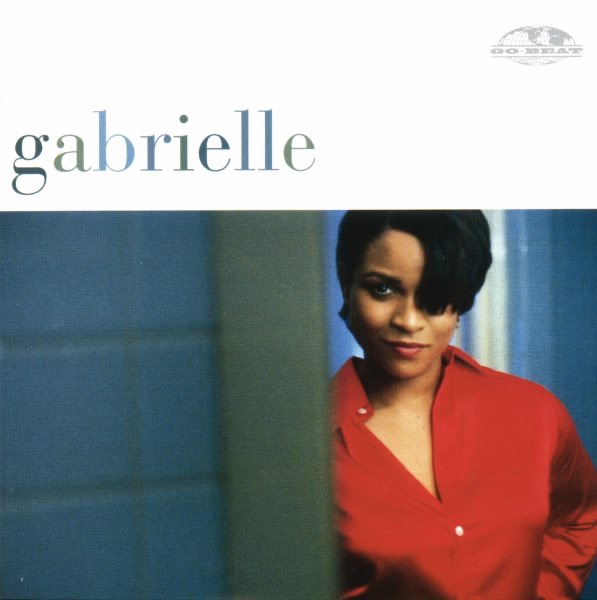

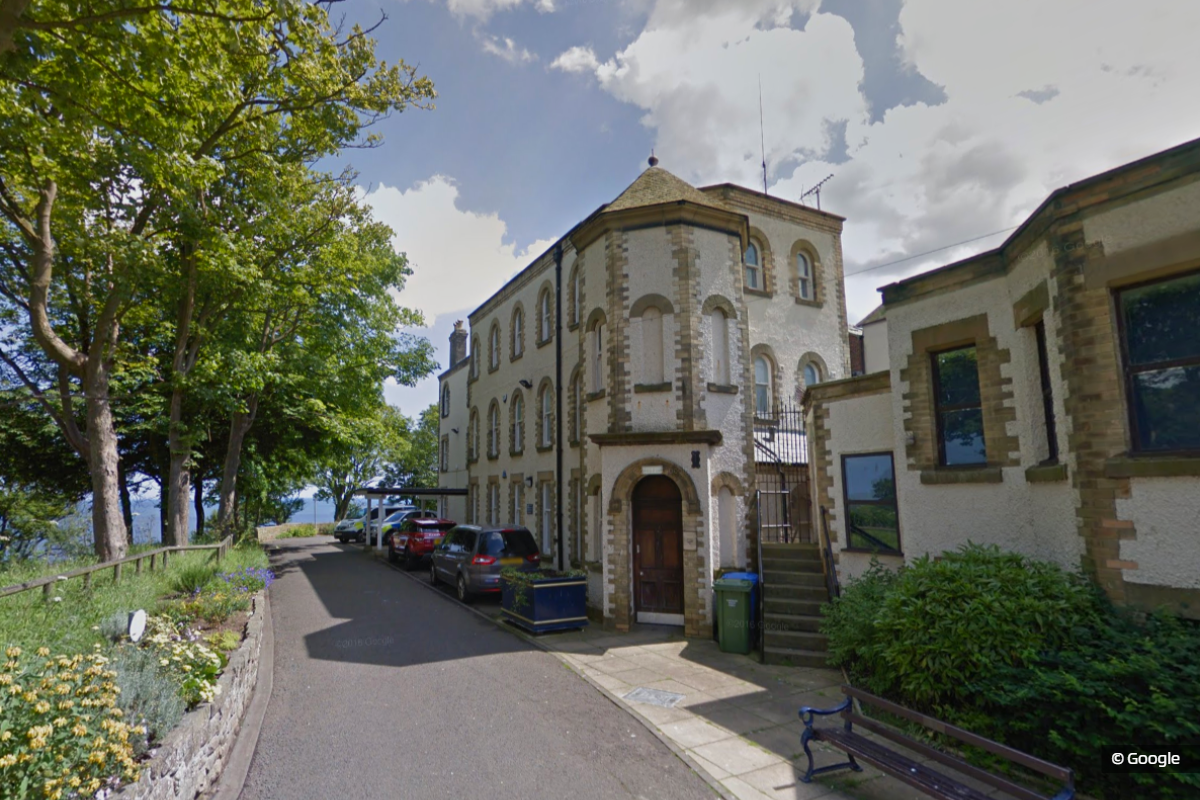 Scarborough & Filey Second Home Campaign Meeting on Saturday
Scarborough & Filey Second Home Campaign Meeting on Saturday
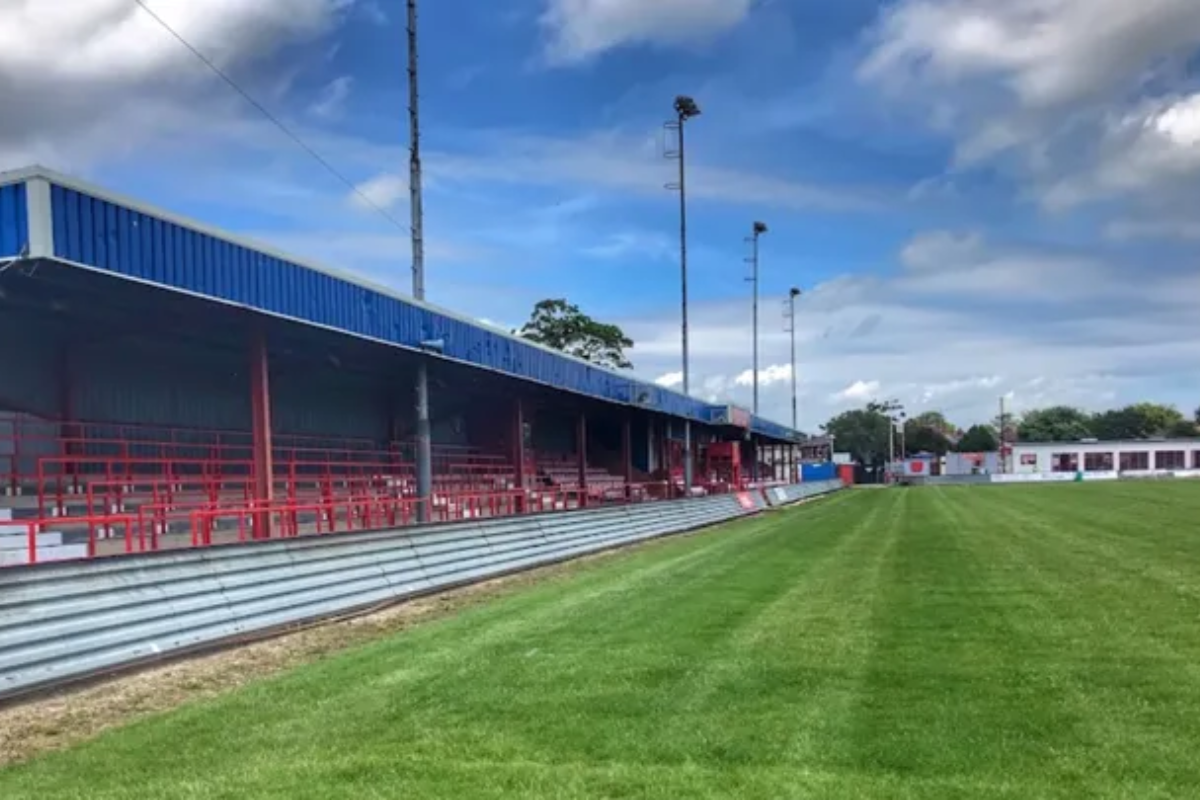 Scarborough Athletic Hit By Postponement
Scarborough Athletic Hit By Postponement
 Pickering Christmas Lights Switch On
Pickering Christmas Lights Switch On
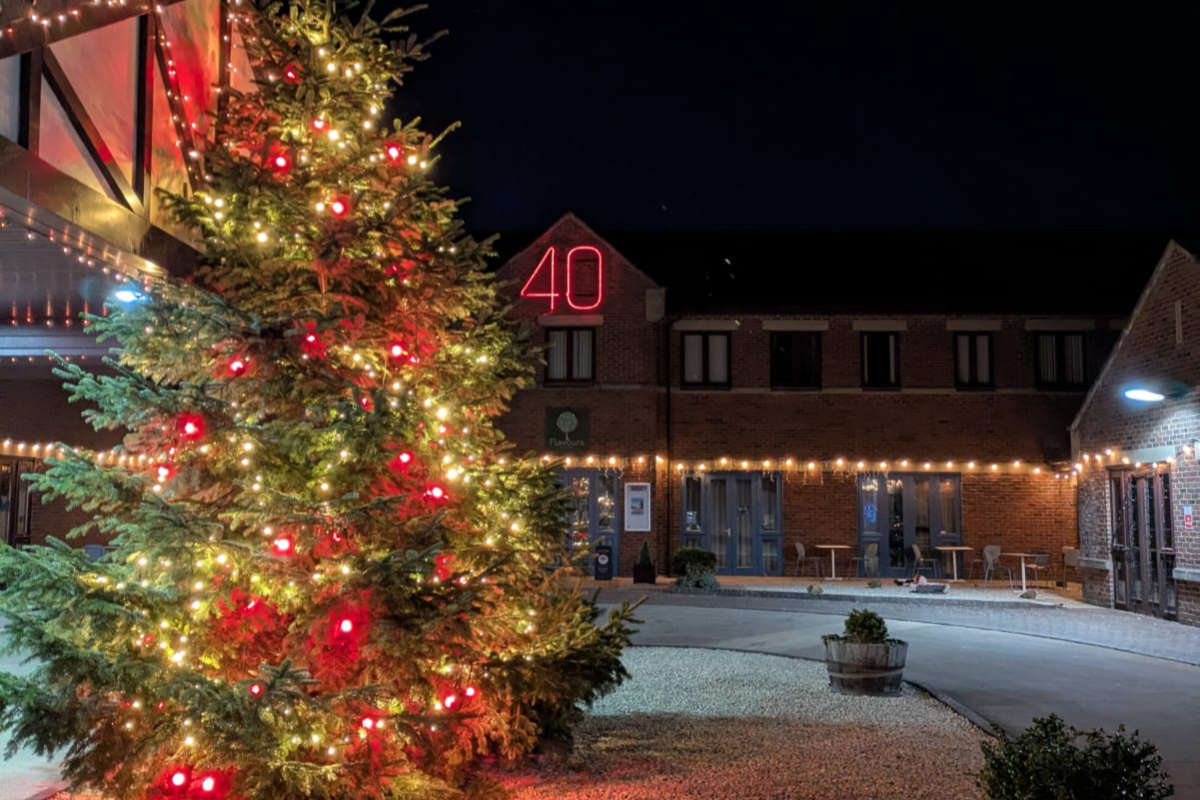 Scarborough Charity Unveils Christmas Fundraising Blitz
Scarborough Charity Unveils Christmas Fundraising Blitz
 In-form Whitby Town Target Leek Town Points
In-form Whitby Town Target Leek Town Points
 Bridlington Christmas Fayre This Weekend
Bridlington Christmas Fayre This Weekend
 Yorkshire Coast Rugby Returns
Yorkshire Coast Rugby Returns
 Bridlington Town Battle Brighouse
Bridlington Town Battle Brighouse
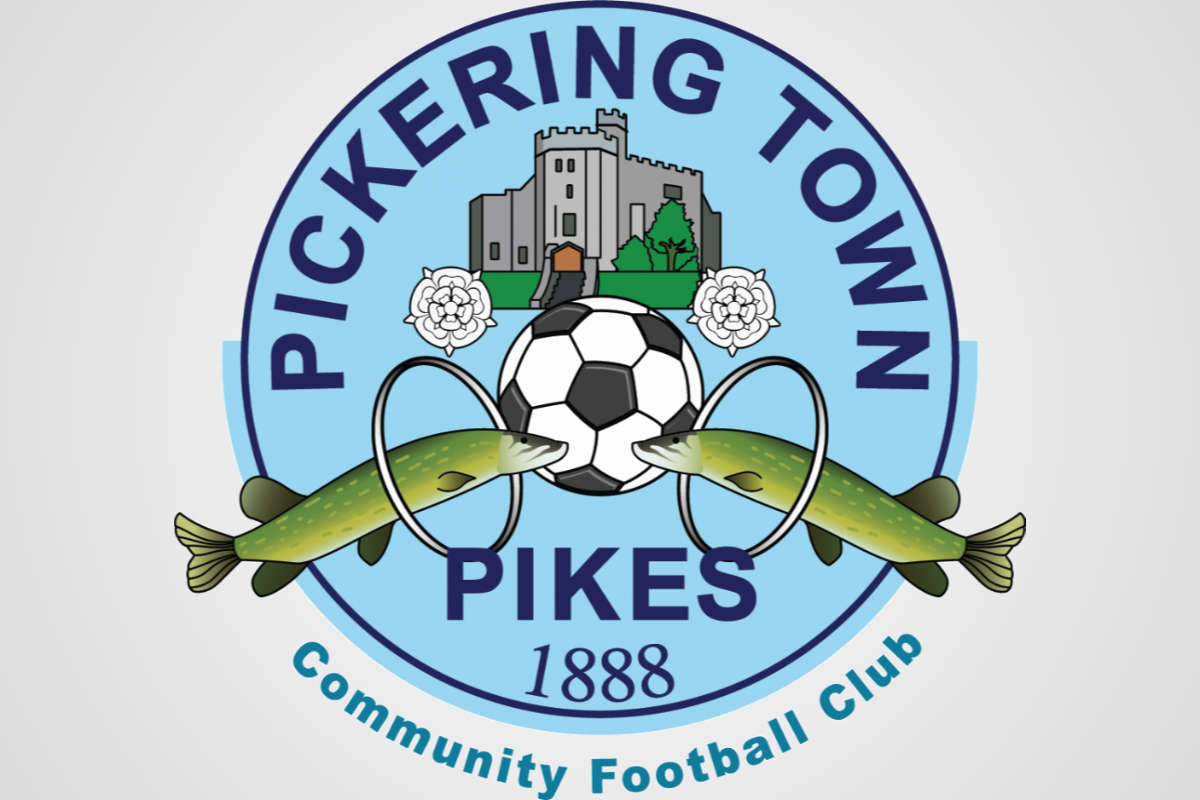 Pickering Town Aim To Bounce Back On Huddersfield Trip
Pickering Town Aim To Bounce Back On Huddersfield Trip
 Filey Children Help Celebrate Kindness
Filey Children Help Celebrate Kindness
 New Historical Map Set to Illuminate Scarborough’s Past
New Historical Map Set to Illuminate Scarborough’s Past
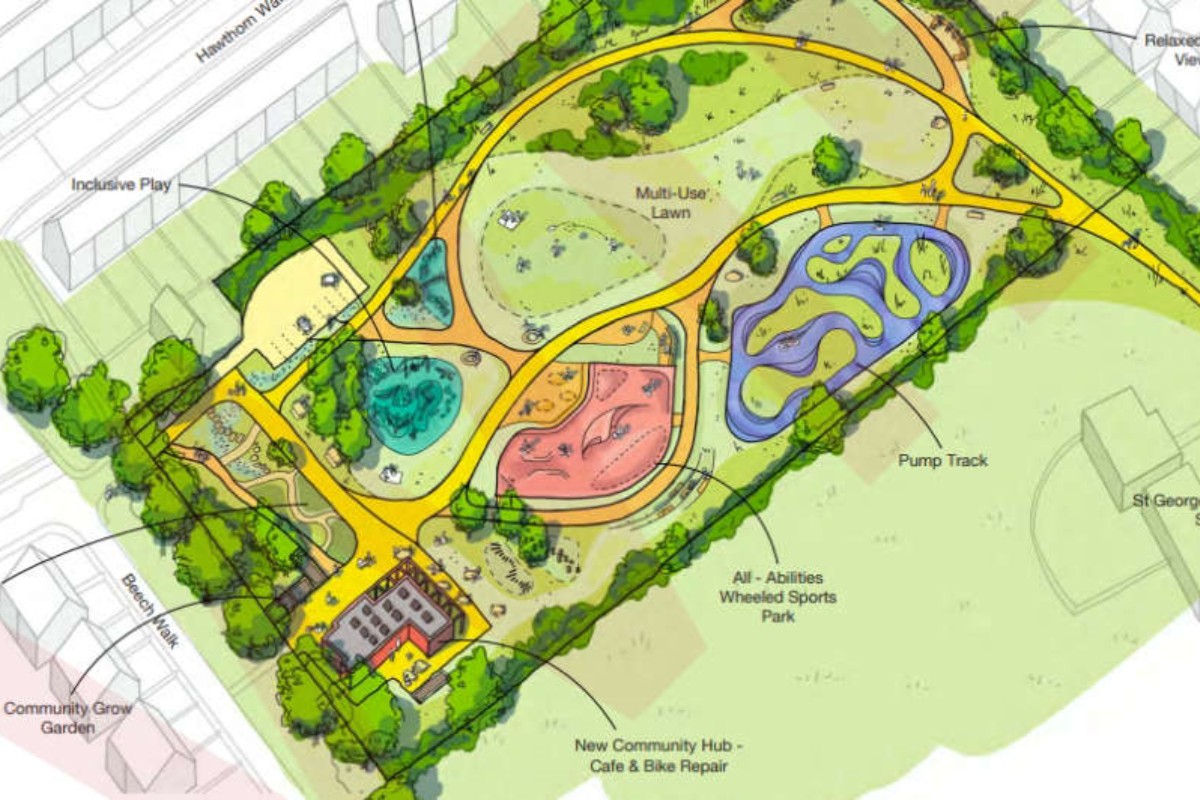 Eastfield Residents Urged to Vote for Community Park Plans
Eastfield Residents Urged to Vote for Community Park Plans









Comments
Add a comment